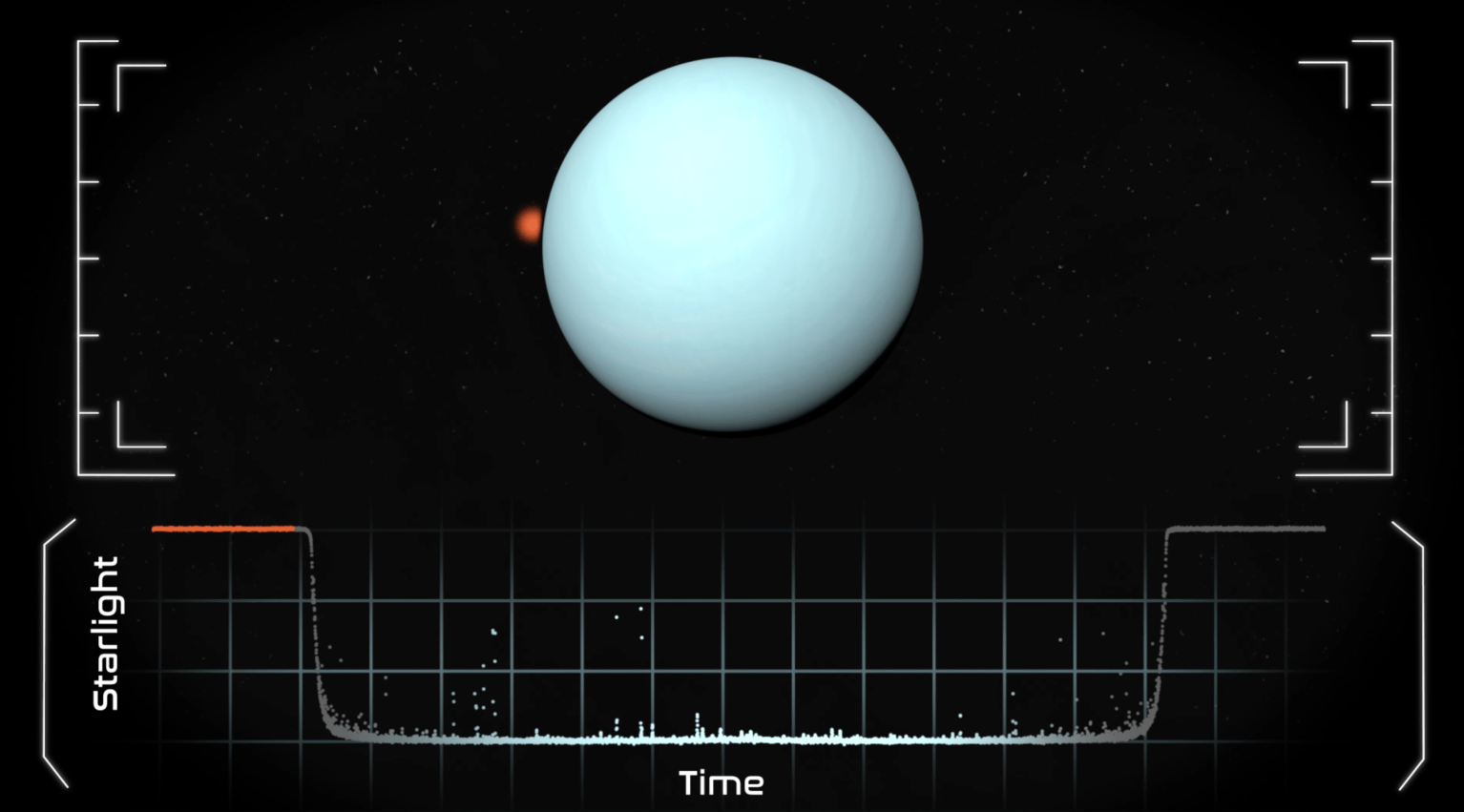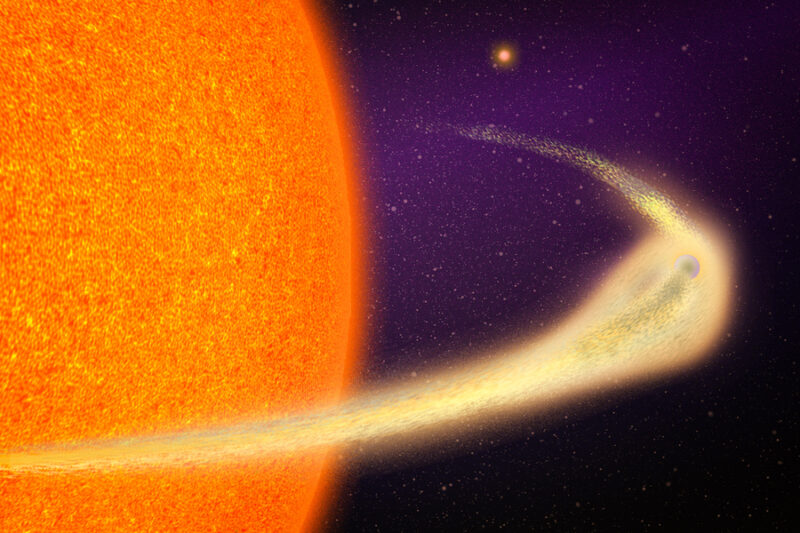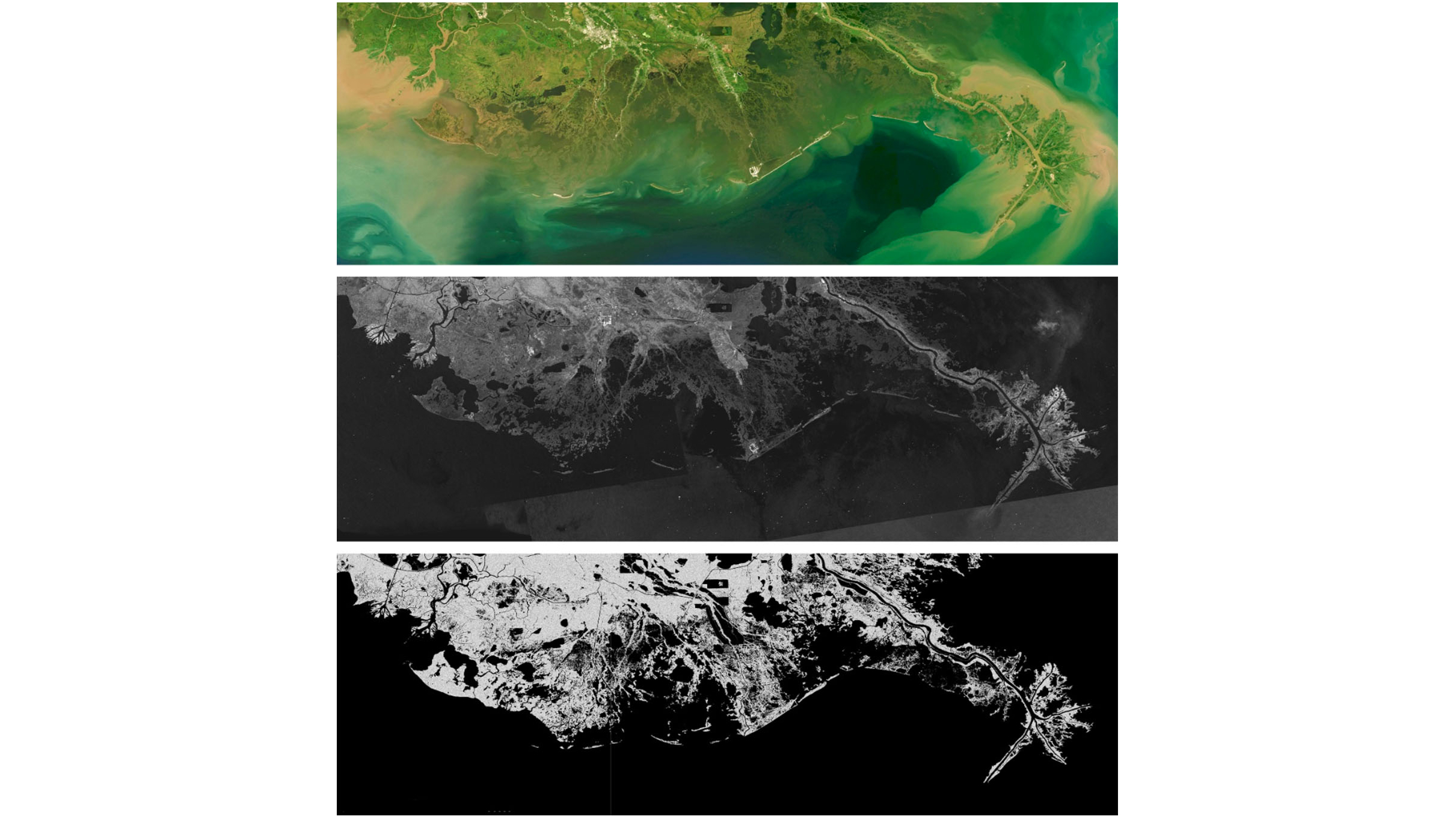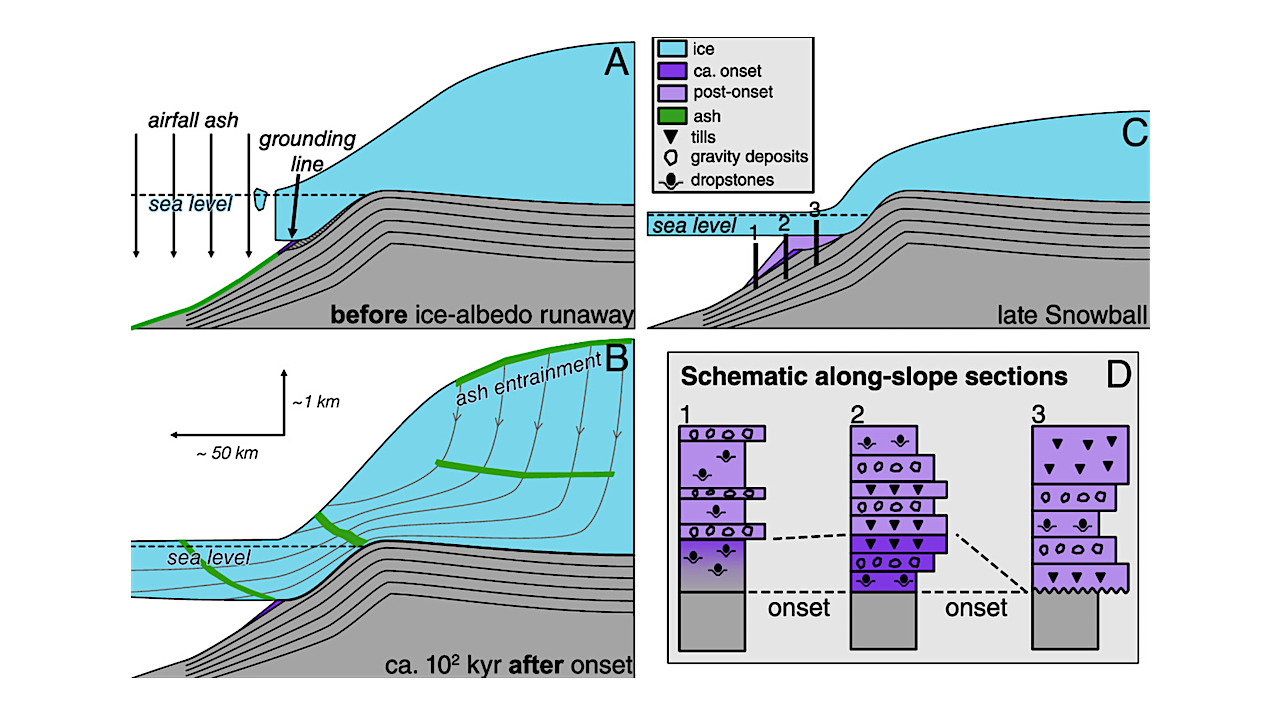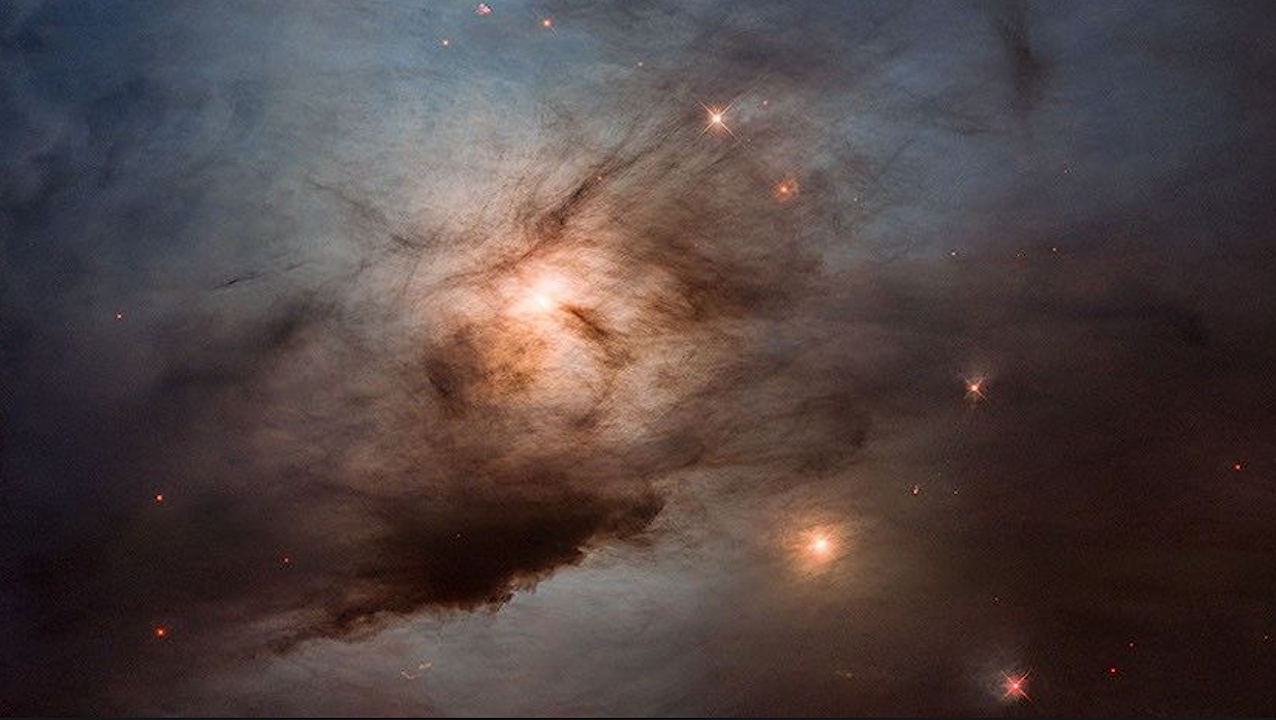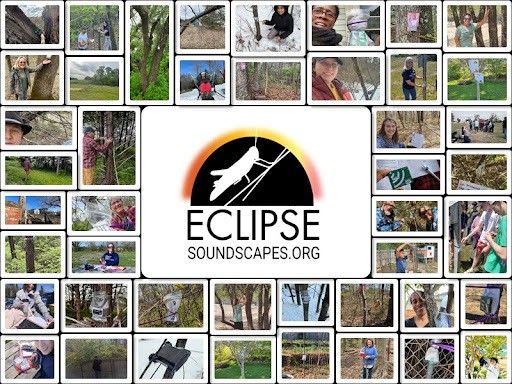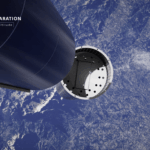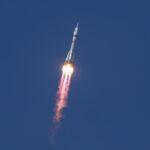A new microscope just arrived at the International Space Station (ISS) to help study life’s adaptability under extreme conditions using an innovative imaging technique. The Extant Life Volumetric Imaging System,
Archive for April, 202531- Page
5 Min Read Planetary Alignment Provides NASA Rare Opportunity to Study Uranus Artist's illustration showing a distant star going out of sight as it is eclipsed by Uranus – an
Watch EarthSky’s founder Deborah Byrd interview Marc Hon of MIT, the lead author of the new study. Astronomers have discovered a planet that’s rapidly disintegrating, producing a comet-like tail. The
Scientists have known for a while that Saturn’s largest moon, Titan, has rivers and seas of liquid methane on its surface. But it’s strangely lacking in deltas, a new study
The Orion Crew Module, also known as the Orion Environmental Test Article (ETA), underwent a jettison test of its forward bay cover at NASA’s Neil Armstrong Test Facility in Sandusky,
Begun, the Fortnite War has… again. Just ahead of Star Wars Day 2025, Epic Games’ massive online game will receive a new Star Wars-themed season, which will include new playable
Scientists have long believed that monster-sized supermassive black holes lurk at the heart of all large galaxies. That means that the failure to detect such a cosmic titan at the
Idealized ice growth and stratigraphy at onset of snowball Earth. Note vertical exaggeration. (A) Marine-terminating terrestrial ice sheet with calving ice front prior to ice-albedo runaway into snowball glaciation. The
Photo of Nebula NGC 1333. The James Webb telescope detected interstellar ice there, which could be the origin of stars and planets. The study shows that this ice was apparently
2 min read First Results from the Eclipse Soundscapes Project: Webinar on May 7 How do the sudden darkness and temperature changes of a solar eclipse impact life on Earth?
-
 012024 in Review: Highlights from NASA in Silicon Valley
012024 in Review: Highlights from NASA in Silicon Valley -
 02Panasonic Leica Summilux DG 15mm f/1.7 ASPH review
02Panasonic Leica Summilux DG 15mm f/1.7 ASPH review -
 03How New NASA, India Earth Satellite NISAR Will See Earth
03How New NASA, India Earth Satellite NISAR Will See Earth -
 04And Thus Begins A New Year For Life On Earth
04And Thus Begins A New Year For Life On Earth -
 05Astronomy Activation Ambassadors: A New Era
05Astronomy Activation Ambassadors: A New Era -
06SpaceX launch surge helps set new global launch record in 2024
-
 07Space Force plans new ‘Futures Command’ amid pressure to speed up modernization
07Space Force plans new ‘Futures Command’ amid pressure to speed up modernization



